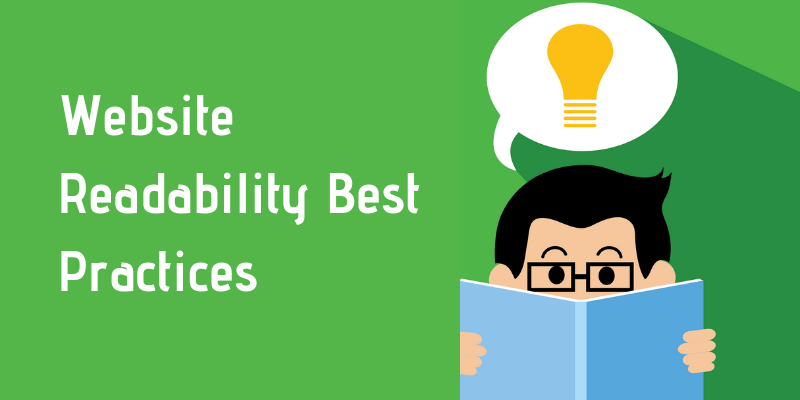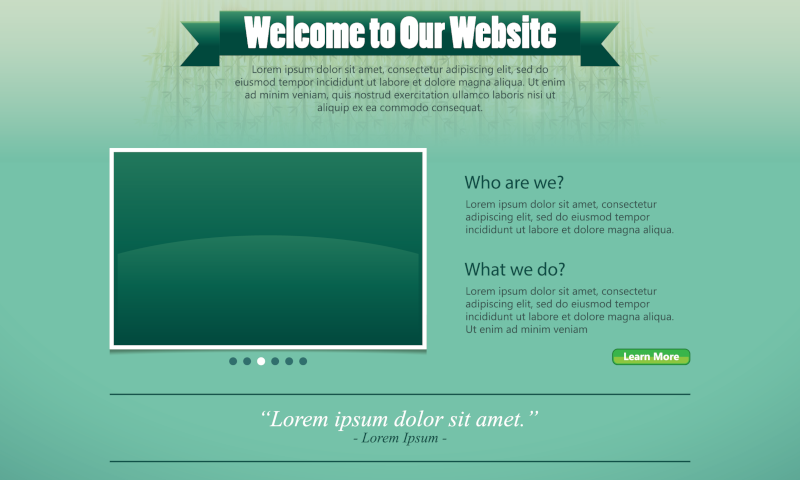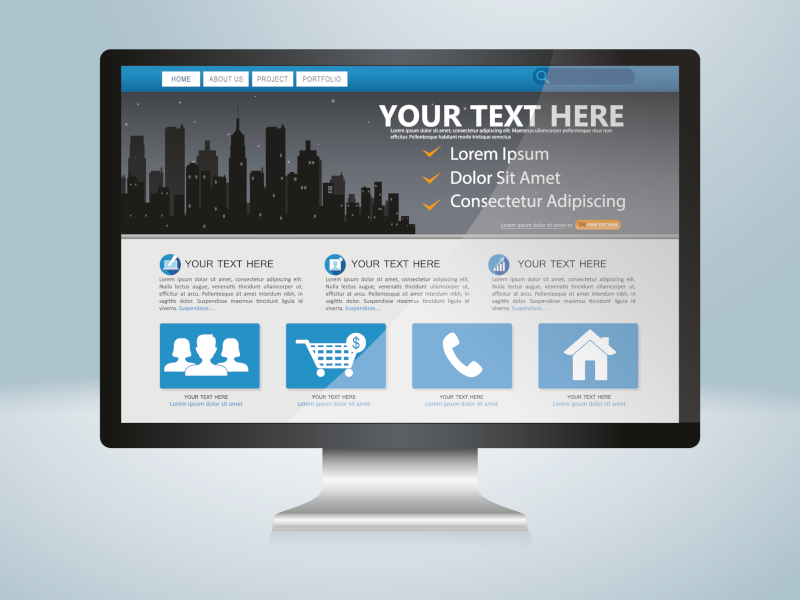Best Website Readability Practices

Readability is essential in helping visitors on your website to obtain information effectively. It gives them a platform to read the text efficiently. It’s no best practice if your website does not provide absorbable content. In fact, a readable website endears your web surfers to keep coming back. An otherwise bad readability turns off your readers. This is the reason you should work towards website readability best practices.
Here, we are going to pinpoint website readability best practices.
1. Spacing Your Letters
This has to do with spaces between the letters of your content. Spacing your letters appropriately helps you determine the best font for reading. It also improves the legibility of your work. Web content providers that don’t space their letters well are almost always behind the times.
2. Use Reader-Pleasant Headers

In formatting your web content, you need to use user-friendly headers. Its use brings a lot of organization to your content. It is even used in various typology trials and in print work. Know this, however, that your sizes for headers and texts must flow along. It is also an important criterion in contents that can be scanned.
Beware if it turns out to be a distraction if it is rather too big. It turns off the balance of the readers when it is inappropriate with the texts. Also, headers which are too small may destroy the arrangement of the web content. You just need to strike an effective balance. It is needful to provide enough spaces between the header and body text. Using reader-pleasant headers really helps as to how to improve readability.
3. What About Your Hierarchy?
The best font size for website content is best known through hierarchies. In using hierarchies try and make use of effective ones. Effective hierarchy helps your readers to know where to read through. It also assists them as to where to commence reading. Notably, it reveals to the reader exactly how to utilize your web content maximally.
4. Make Room For White Spaces
What appears to be technically called “white spaces” is just mere spacing. It is about leaving white spaces in your content work. White spaces do a lot in making the content more sensible. They help in setting off enormous bunches of text. They assist the readers’ eyes move through the texts of the content.
In fact, it was established by a research carried out by Human Factors International that there is always an up to 20% increment in users’ understanding when whitespaces are used in a content. They present an excellent division between the elements of the layout.
These elements including texts and graphical layouts are attractive when properly spaced. White spaces only are effective in separating text elements. It makes the design very sparkling and organizes. When used with others, it constitutes one of website readability best practices.
5. How Dense Is Your Text?

Text density as to do with the number of words in specified areas. It really shows how standard your website readability best practices are. There are certain factors that affect the density of texts. They are letter spacing, line height, and the text size. These are generally referred to as the spacing options.
Web content owners can achieve some equilibrium in this regard. They can lay out the content perfectly. make it neither too stiff nor too extremely spaced. They would attain the proper density. This actually enhances the readability and users’ ability to scan them.
6. Organizing Your Thoughts
The organization is a very important aspect of quality readability. The way you organize your contents show you have excellent thoughts. It depicts to the users that you really mean business. It enhances your readability. Users can be led with simplicity all over your web content.
This is often due to the fact that the info is much easier to find. You have got to be very well-guided in a bid to organize your contents. It even satisfies your readers to find your contents modest but well-organized. Organization greatly adds life to your website contents.
7. Apply Separators
This is one of the easiest ways to separate texts into sections. The use of separators helps to divide your article in a decent manner. Separators could be used to divide hierarchy elements like body texts and headers. The simplest way to divide is to use a single line. Clever divisions that deliver a huge role in readability are achieved with separators.
Moreover, they are always used to separate hierarchy elements. Using boxes is one usual manner to separate contents as well. Text boxes are fantastic for dividing disparate contents on a single page. You make your website contents attractive by using backgrounds for them.
8. Use Fantastic Margins
Since time immemorial, margins have been a good feature of excellent contents. Web content owners are often considered keen about separators. They, however, lay little emphasis on good margins. One of the website readability best practices you will come about is the application of consistent margins.
The blank area makes your users’ eyes to be impressed by the text. Good margins would, however, help the reader’s eyes to center on article’s content. Margins help text elements and constitute one of the white spaces elements.
9. Make Your Line Higher
It is widely known that texts should not intrude into layout subjects. The good use of excellent lines that are higher actually ensures this. They also support the piece of article in a way. They assist different content from the other designs and layout. Discovering how to improve readability is about making the lines higher. In formatting web content line height is useful. It helps you to make the texts scannable.
10. The Line Length
Apart from using higher lines, you can also allow the lines to be longer. It helps you identify the easiest font to read helpful to users. This is the number of words per line. How would you have found this content informative if it were up to 20+ words in a single line? Though seeming funny, but it is actually the fact.
Many web content owners despise this. Consequently, some users are not able to comprehend their message. Lines that are too long make your web content too boring. Working on the line length is helpful regarding how to improve readability.
Conclusion: Website Readability Best Practices
Making your web content readable by appropriate formatting cannot be overemphasized. Though, website readability best practices may somewhat appear technical. However, they are practices you can master within a short time. This is because the benefits are quite rewarding. Knowing how to improve readability is not difficult if these tips are followed. You may have to give it the commitment in time and efforts that it takes. Or better still consult pro web content developers.


Asking questions are in fact pleasant thing if you are not understanding something totally,
but this piece of writing offers nice understanding yet.